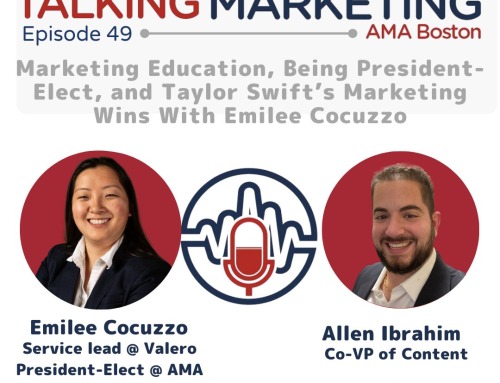There are few industries untouched by the effects of the COVID-19 pandemic. As a result of widespread changes to business practices and consumer behaviors, marketers now need all new strategies for navigating their fields
Higher education is one example of a market that requires new approaches for advertising and customer communication. Exploring how marketers are adjusting their efforts to succeed in facing the new normal can offer insights into better marketing. Here’s how higher education marketers are navigating COVID-19.
Auditing Existing Strategies
First, marketers in higher education are taking an extensive look into their current practices. Improving brand awareness and attracting new students in the midst of a pandemic takes a thorough evaluation of all kinds of processes, from data analytics to where your marketing takes place.
Now, traditional marketing standards have given way to digital techniques like email, SEO, and content strategies. Integrating both the old and the new in a way that reaches target audiences where they are means developing data-driven audience personas while mixing up your output of print and digital content.
Higher education marketers are applying data to understand the new trends in media use and audience needs. This all starts with a complete audit of existing strategies in light of market shifts.
Self-Educating
The new higher education marketplace is one that requires a modern understanding of all kinds of digital tools. From Zoom to TikTok, target audiences are using different tech than was previously common, and marketers are exploring these new platforms. Often, this includes developing new strategies and data models for messaging effectiveness across mediums.
The combination of short-form video, content, and traditional marketing means modern higher education marketers must become a jack of all trades. Self-educating, even seeking out an MBA, can bring benefits like a new technical and analytical understanding that can pave the way to success no matter how the market shifts. As a result, many higher education marketers are seeking out higher education themselves.
Leveraging Social Media
Marketers have long relied on social media and influencer affiliations to reach broader audiences. However, COVID-19 has changed the state of influencer marketing. With 27% of influencers experiencing fewer collaborations, higher education marketers are in a unique position to leverage reduced competition for ideal affiliate marketing partnerships.
Then, marketers are applying new tools like headless content management systems to boost the effectiveness of their outreach. These headless systems offer greater automation and atomization potential for seamless crafting content across media platforms. The result is less work and easy content roll-out so that marketers can focus on the next big way to win over college-goers.
Marketing for a Different Experience
Finally, higher education marketers are now reaching out to students with all kinds of new pandemic concerns. From safety to economic uncertainty to an inability for some to even live on campus, changes in the industry have to be addressed in marketing.
Advertisers are studying the psychology of marketing in the ongoing pandemic to best touch on customer needs. These include:
- Working and studying from home
- Increased difficulty of work
- Widespread uncertainty
As higher education marketers audit their strategies, self-educate, and leverage social media, they build a new marketing approach for new experiences. This allows them to navigate the challenges of the COVID-19 market to better draw in students and enhance experiences.
While audiences and marketing trends continue to change in the wake of COVID-19, these strategies and more are vital for marketing success. Data is any marketer’s best friend, then continuing education and a renewed use of social media will help marketers address changing needs.
Consider these strategies for a revitalized approach to the new higher education market.






